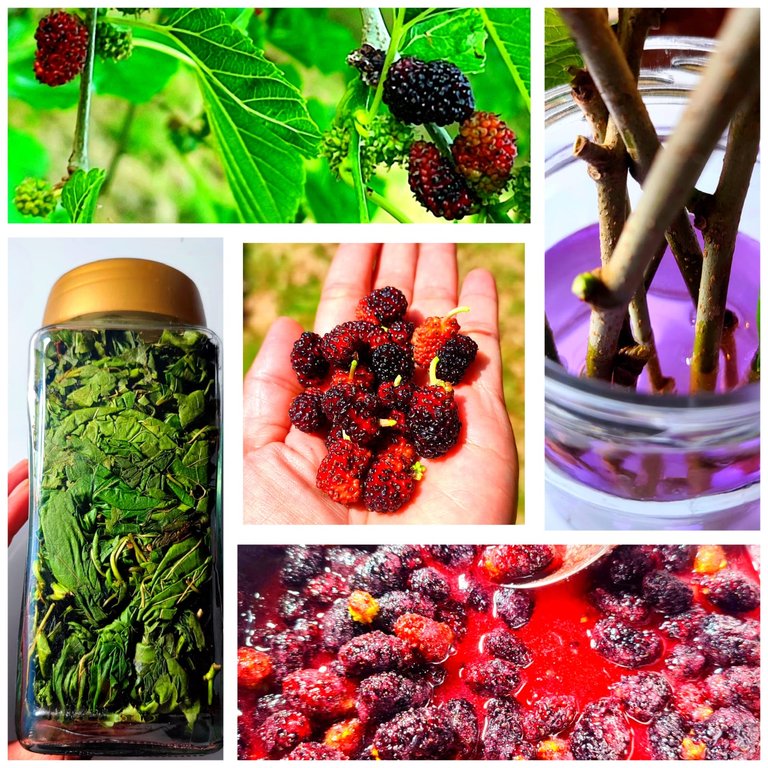
I was surprised to see a lush mulberry growing nicely when we visited Burton Dassett a few days ago.
Although mulberry has a long history as a valuable tree for silk production, in the 17th century, England briefly attempted cultivating them for silk but was unsuccessful due to climate and disease issues. That's probably why I don't see much of them in the wild.
Timeline of the mulberry in London (a summary of London's mulberry heritage)
In other countries like China, mulberry trees have been cultivated for many years to feed silkworms (Bombyx mori). It is their essential diet; they produce strong, resilient, hypoallergenic silk with beautiful, smooth, fine, and lustrous fibre.
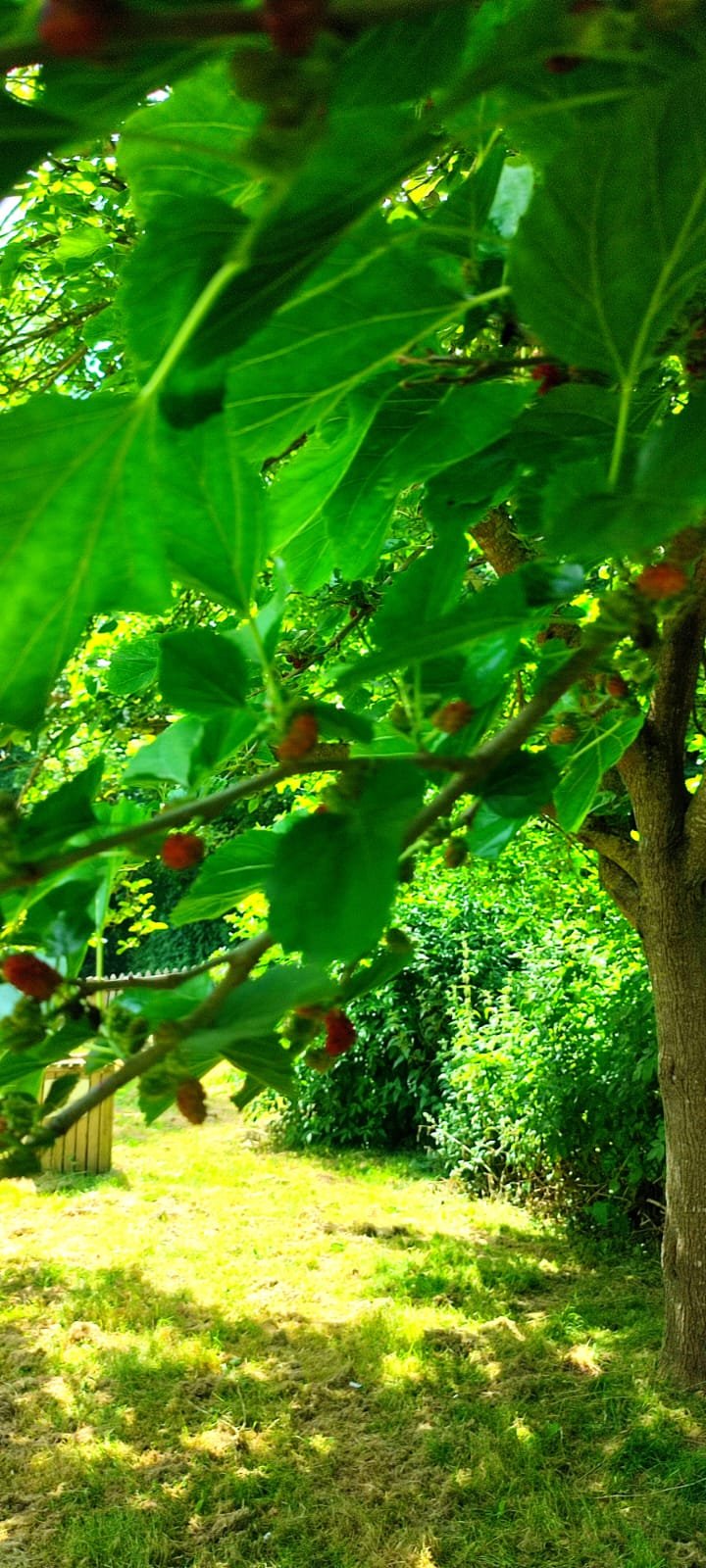
Mulberry has also been used in traditional Chinese and Ayurvedic medicine to treat various ailments, such as diabetes, high cholesterol, and high blood pressure.
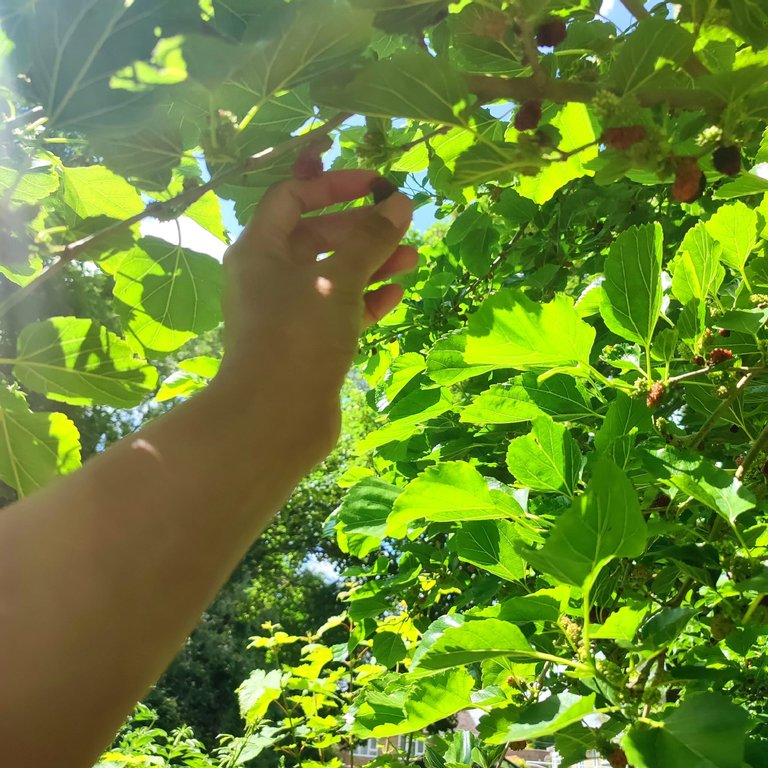
I like picking them, knowing that it is loaded with health benefits.
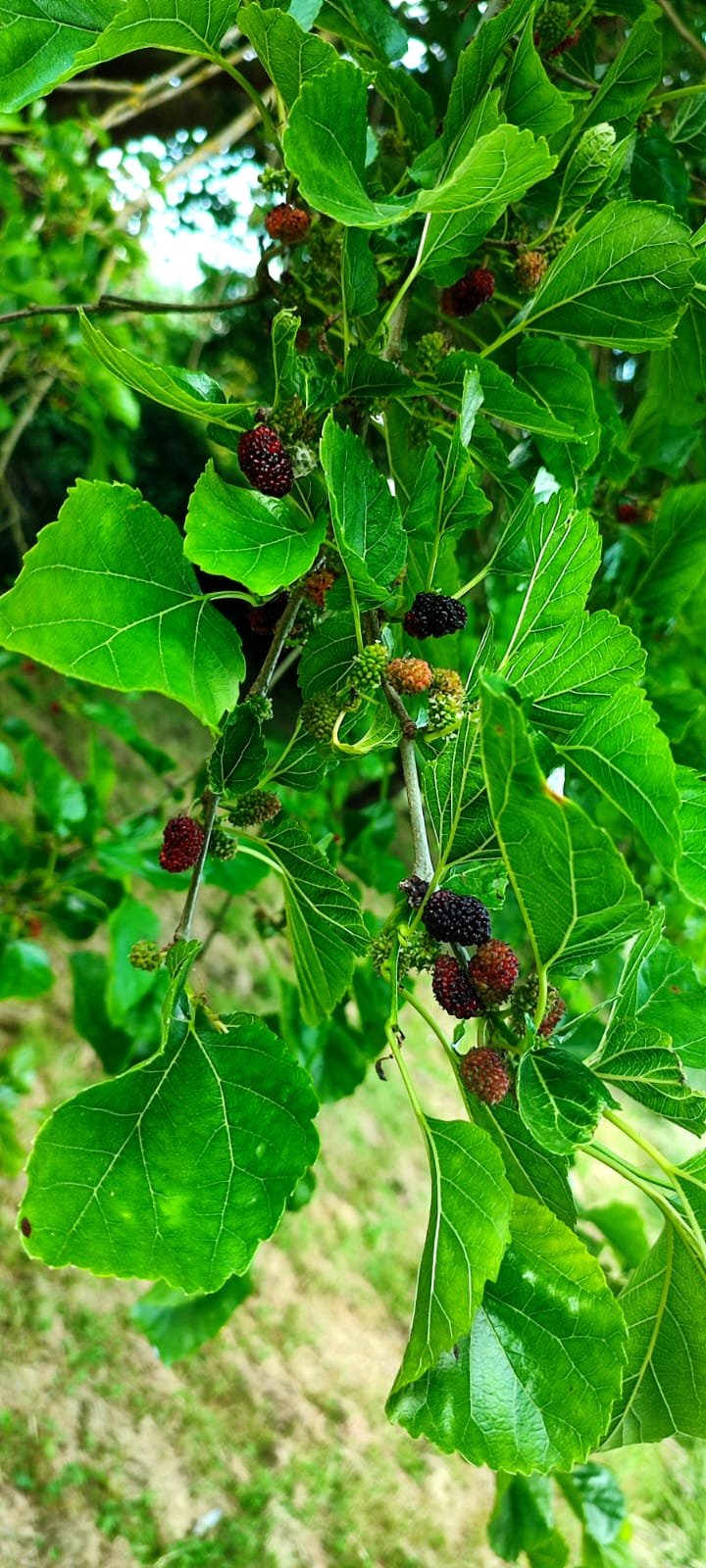
Mulberry leaves are rich in vitamins C, A, and B and contain minerals and antioxidants. They reduce inflammation and could help conditions like arthritis.
This study shows that mulberry contains a compound like DNJ (1-deoxynojirimycin) that inhibits sugar digestion, potentially helping regulate blood sugar levels and may help you lose weight. This scientific study shows the anti-obesity effect of mulberry leaf.
This studyshows that mulberry extract reduces blood sugar rise. Consume in moderation to prevent hypoglycemia (too low blood sugar).
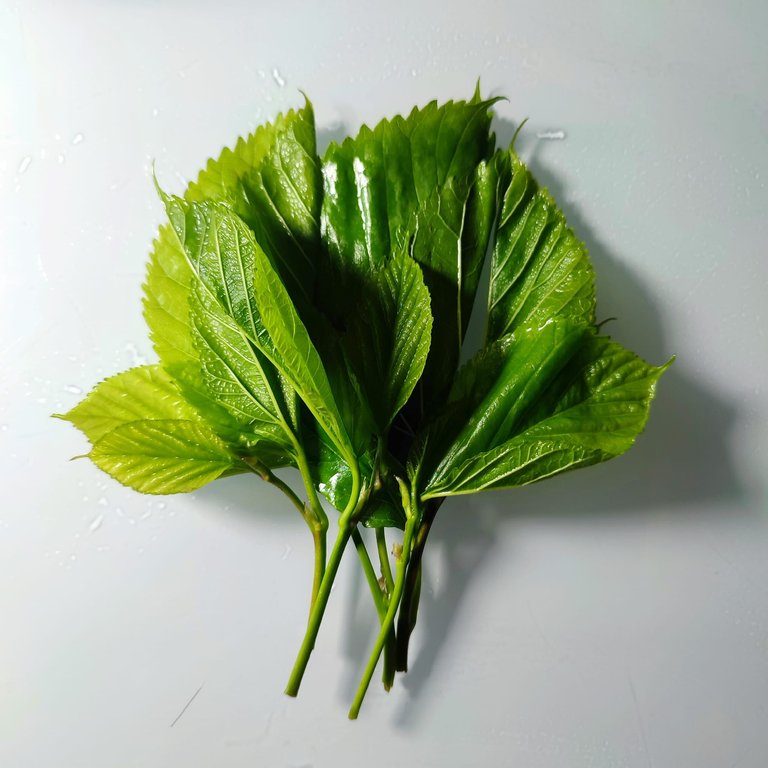
The young shoots can be eaten and taste similar to asparagus.
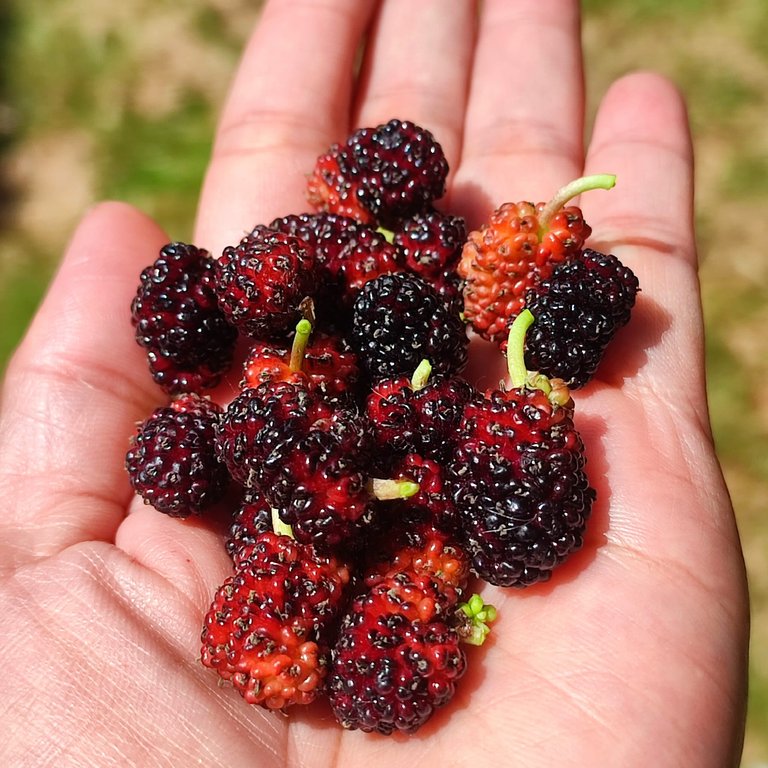
The berries are very high in vitamins C, K, and E, as well as minerals and antioxidants. They also contain iron, which is essential for producing red blood cells and preventing anaemia. Mulberry may help reduce cholesterol levels. according to this study, mulberry improved fat metabolism in mice.
This study shows the nutritional value of mulberries.
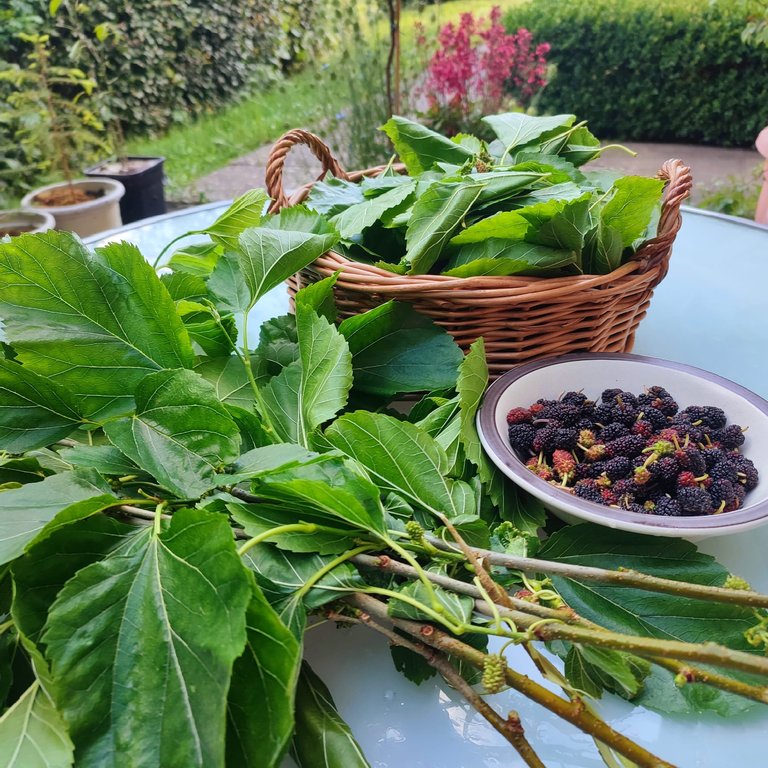
I picked a few stems to propagate them and plant them in the wild so others could enjoy the benefits.
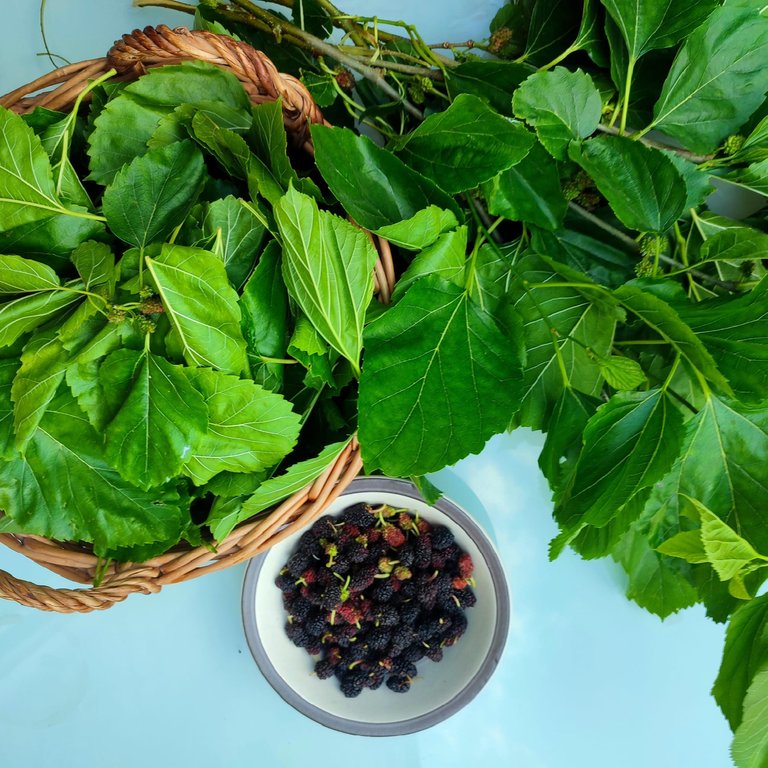
Once I returned home, I had to process them immediately so they wouldn't go to waste.
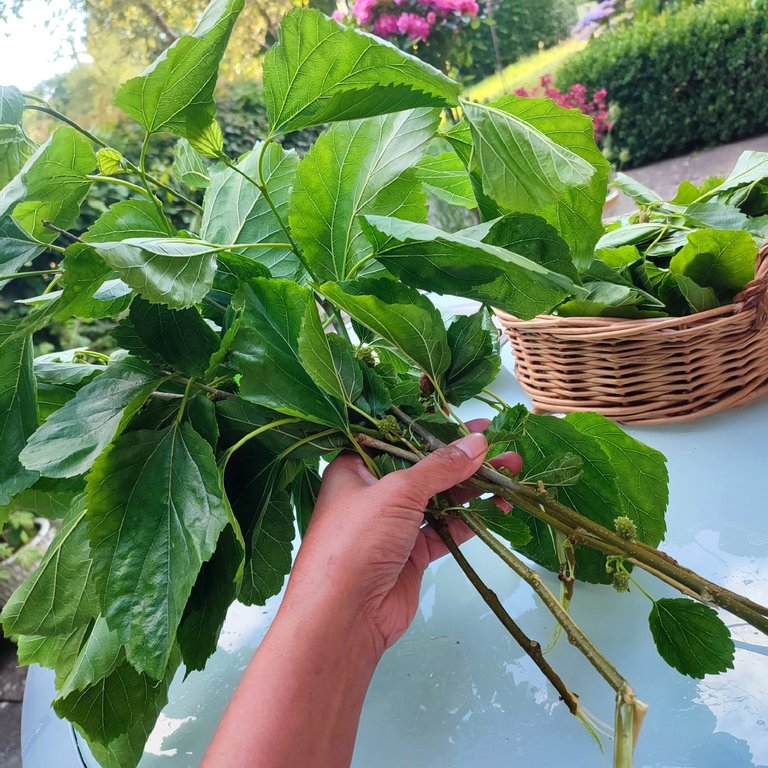
I started with the stems as they needed to be propagated urgently. I decided on a quick process.
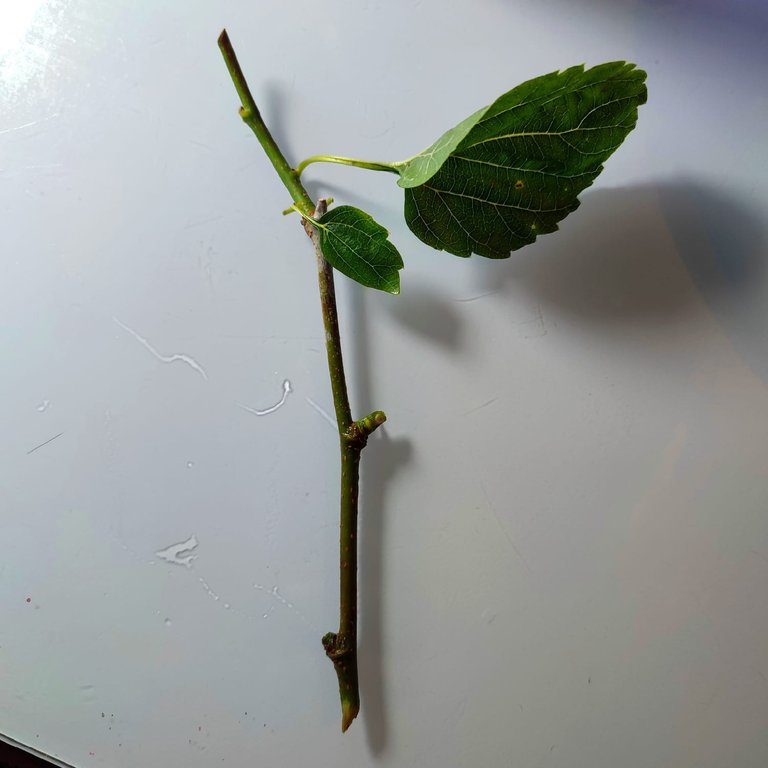
I cut off most of the leaves except for a few left at the top to help with chlorophyll processing.

I neatly chopped the stems at a slant. This increases the surface area for root growth.
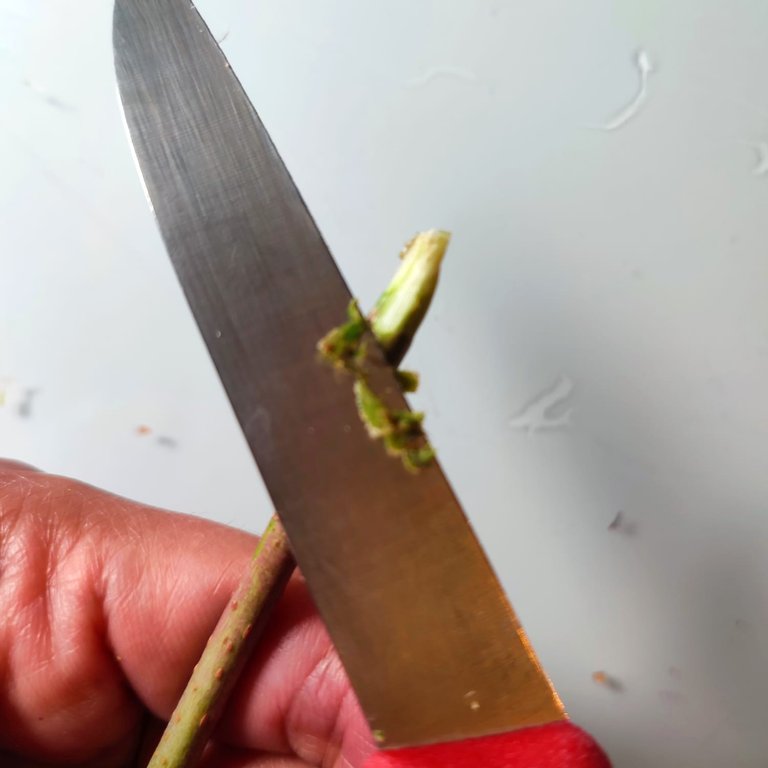
Then, I scraped the bottom of the stems a little to help with water absorption.
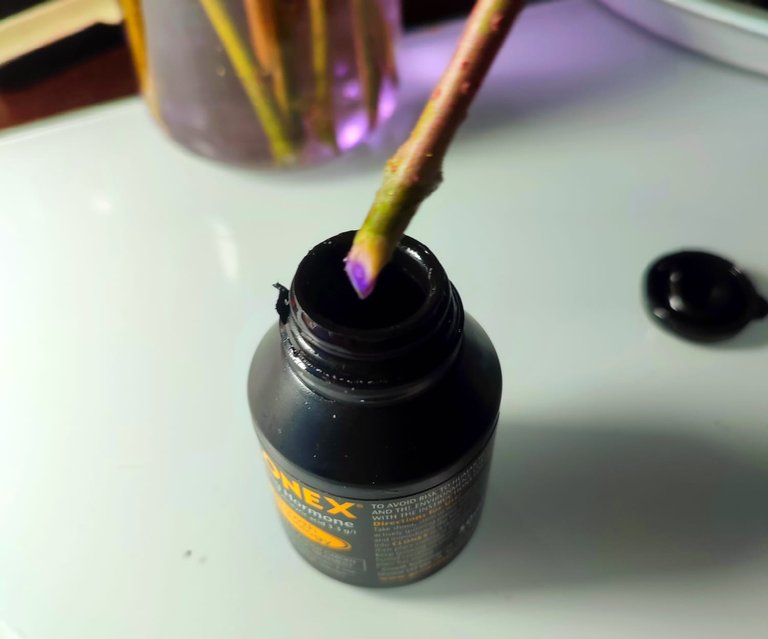
I dipped them in rooting hormone to stimulate root growth.
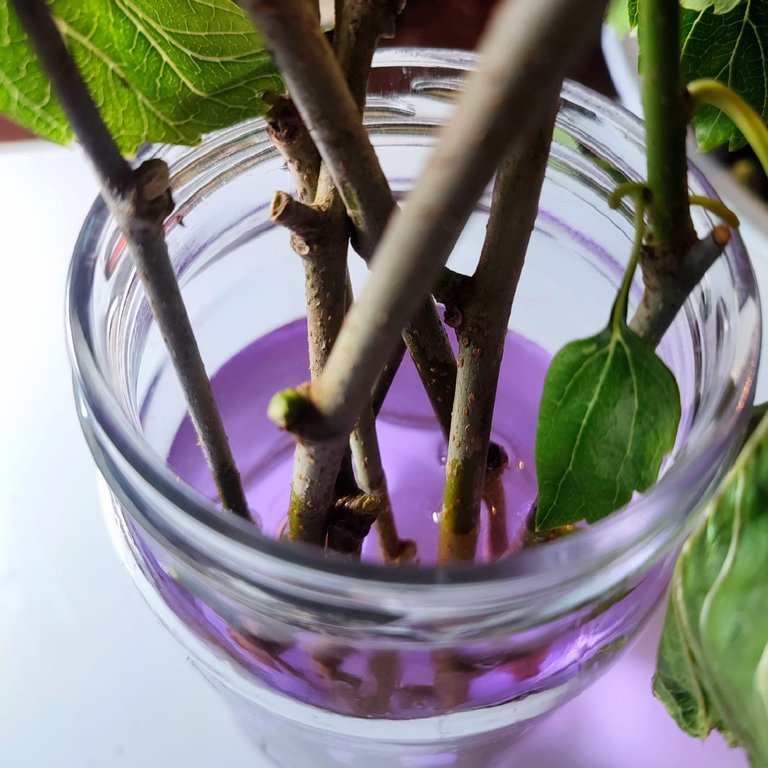
I placed them in a jar with water. I will keep the jar in a bright spot but out of direct, harsh sunlight to prevent the cuttings from overheating. I will also change the water regularly.
Once roots develop, I will transfer them to pots and plant some in the wild.
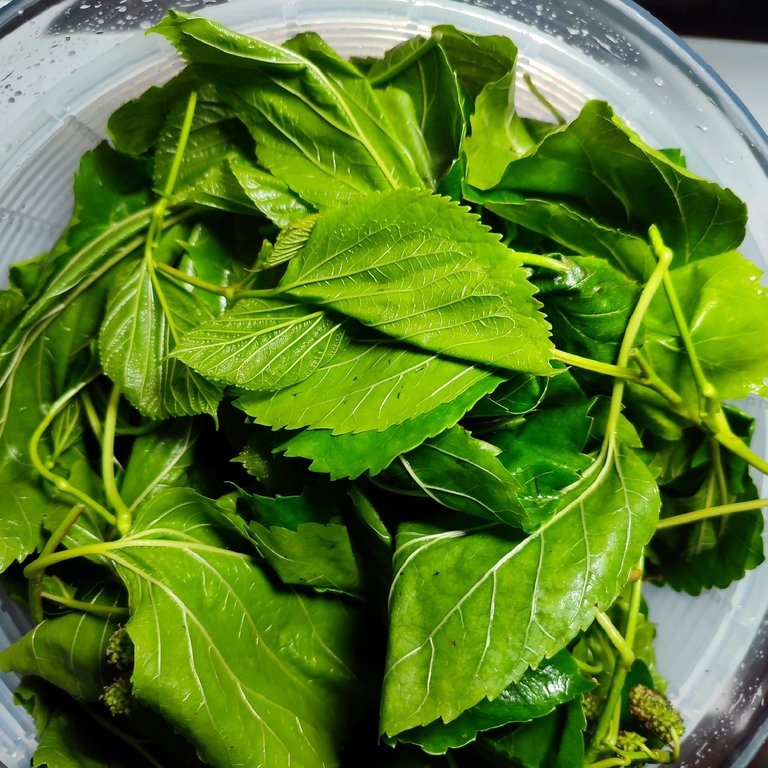

As for the leaves, I washed them thoroughly and then air-dried them; it should wilt a little.
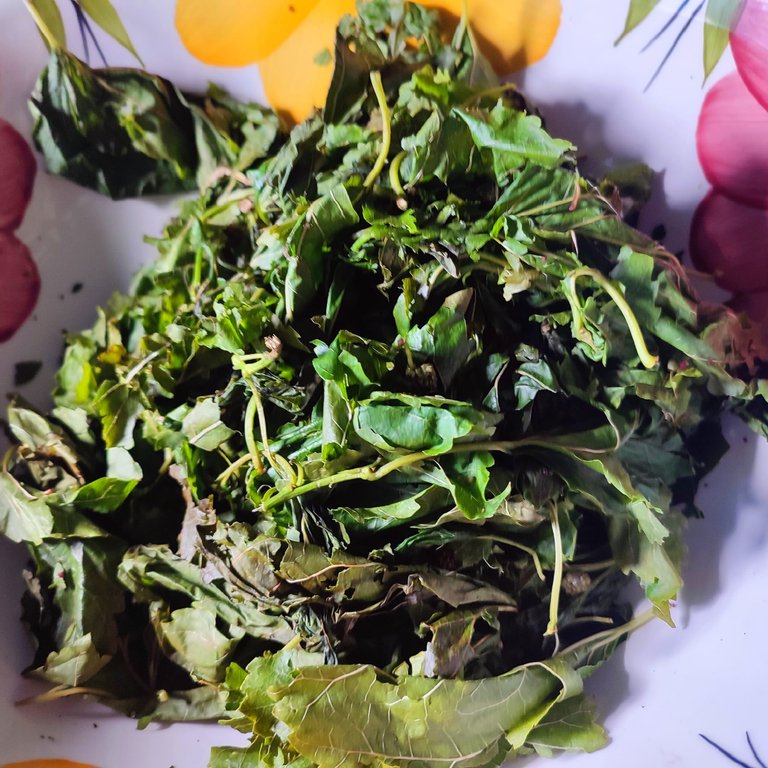
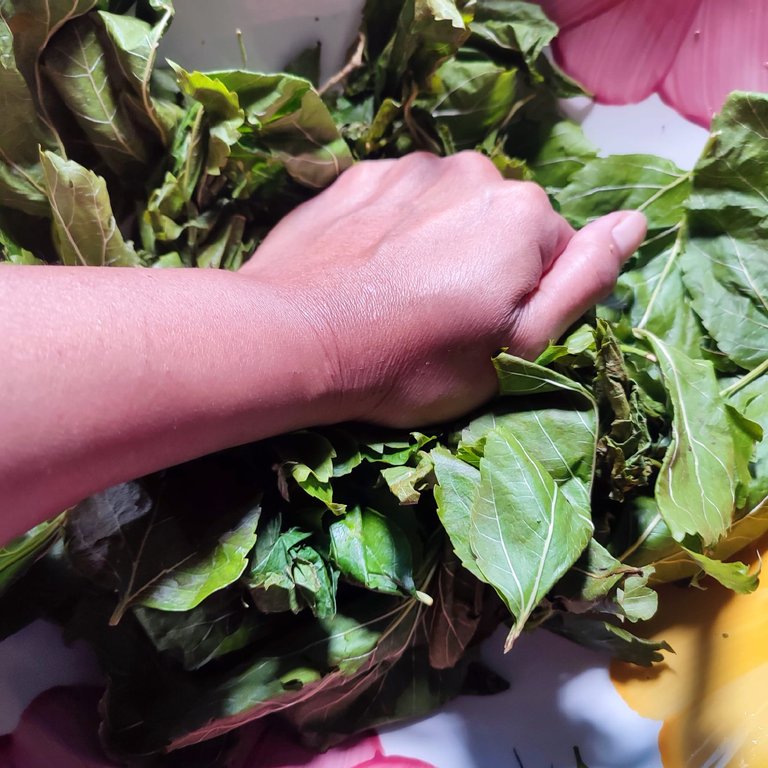
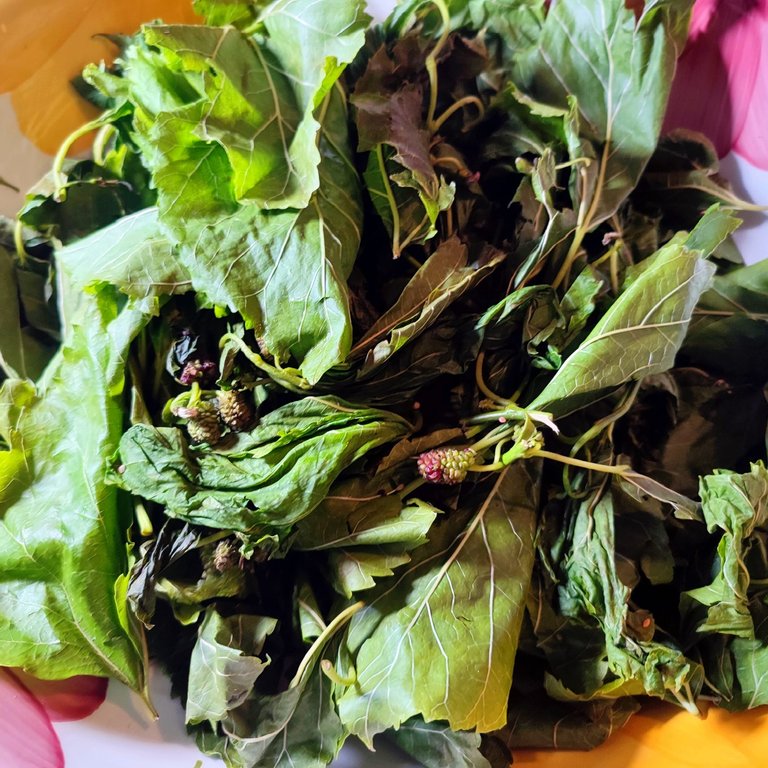
Once wilted, I bruised them slightly by squishing them. This will stimulate the start of fermentation. Fermenting the leaves will boost the flavour and nutritional benefits, making the tea much tastier.
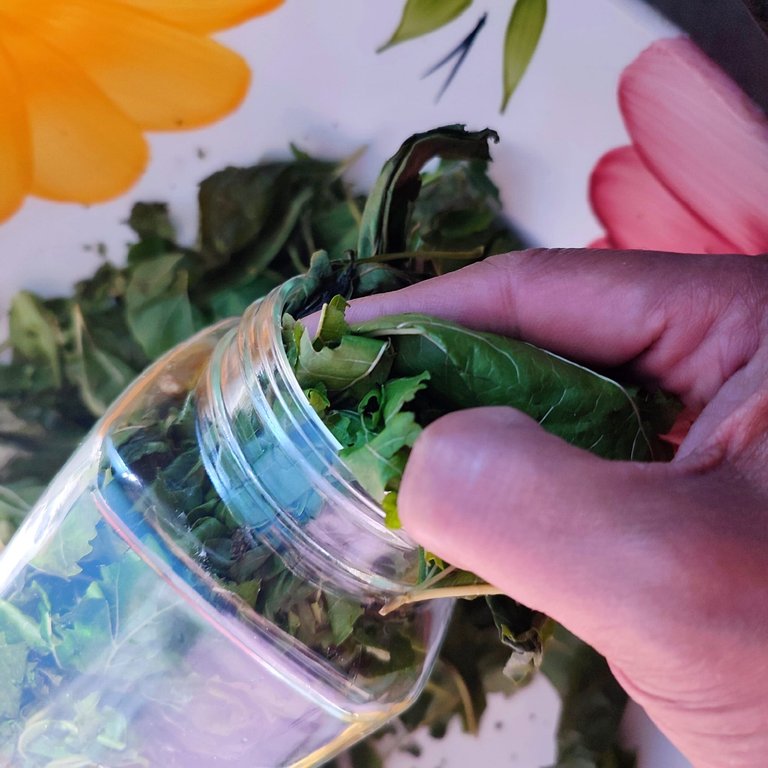
I packed them into a jar. After a week, they will change colour to light green, indicating they are fermented. However, I might leave them longer as I prefer a stronger fermented tea.
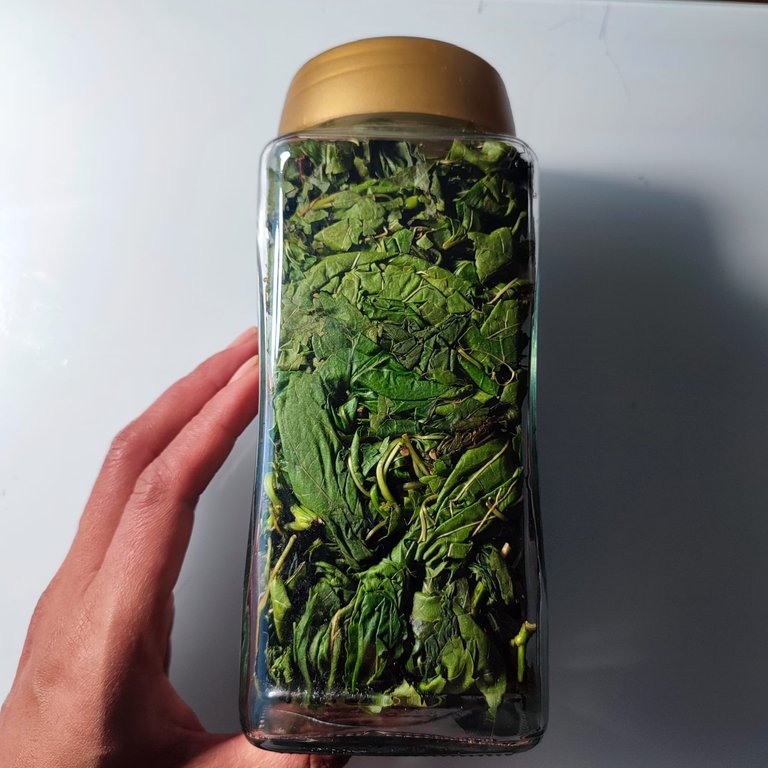
Once I am happy with the aroma, which resembles sweet berries, I will gently dry them in the oven or a dehydrator at 50 degrees Celsius to preserve their antioxidant effects.
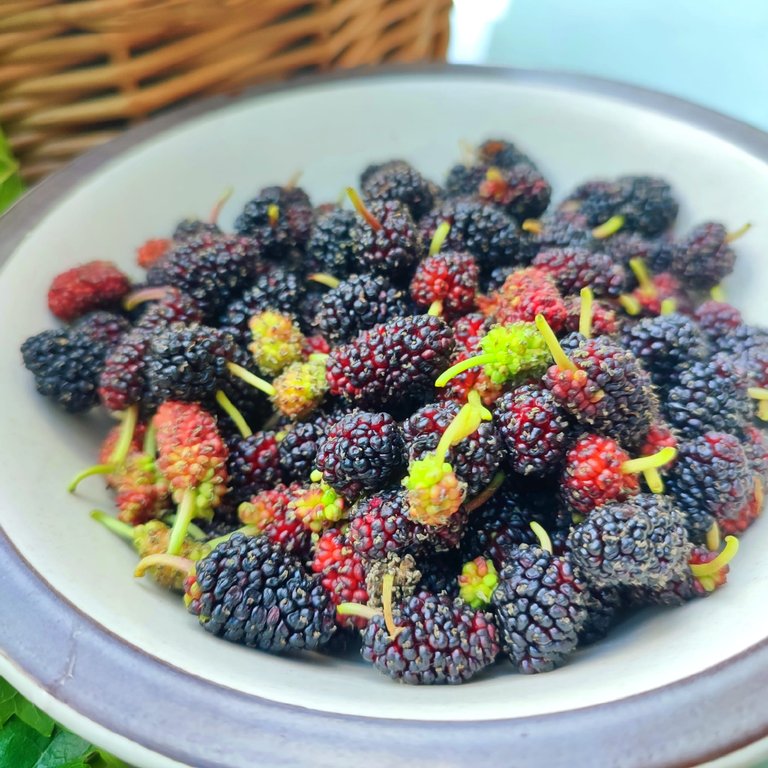
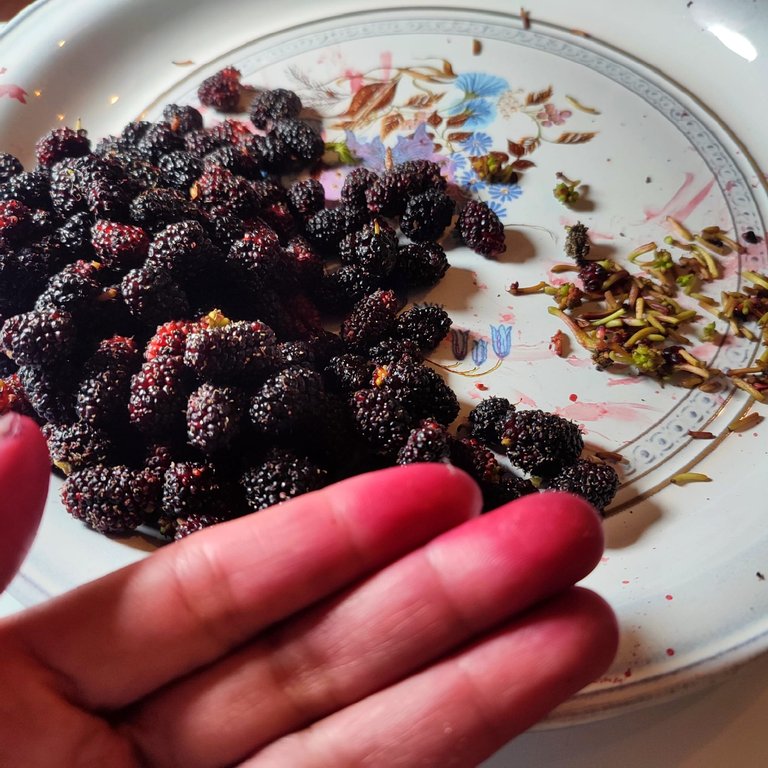
Regarding the berries, I removed the stems and washed them.
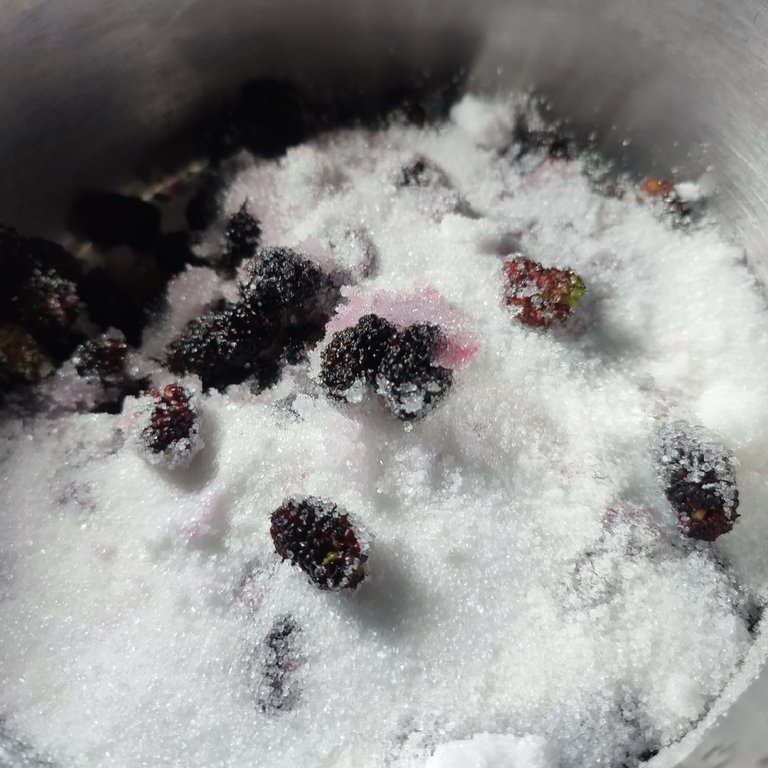
I weighed the berries (150 g) and added an equal amount of sugar (150 g).
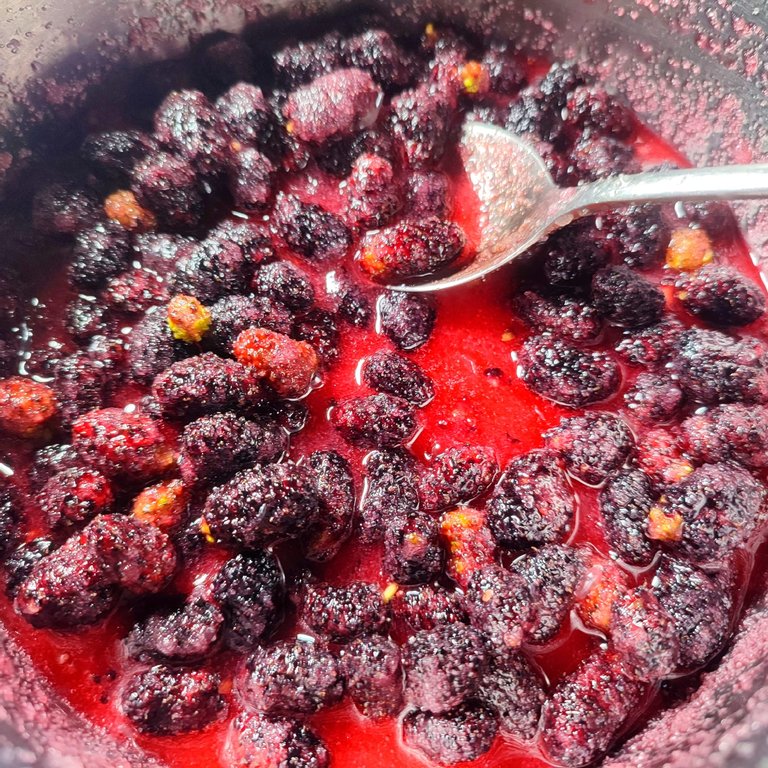
Mix them well.
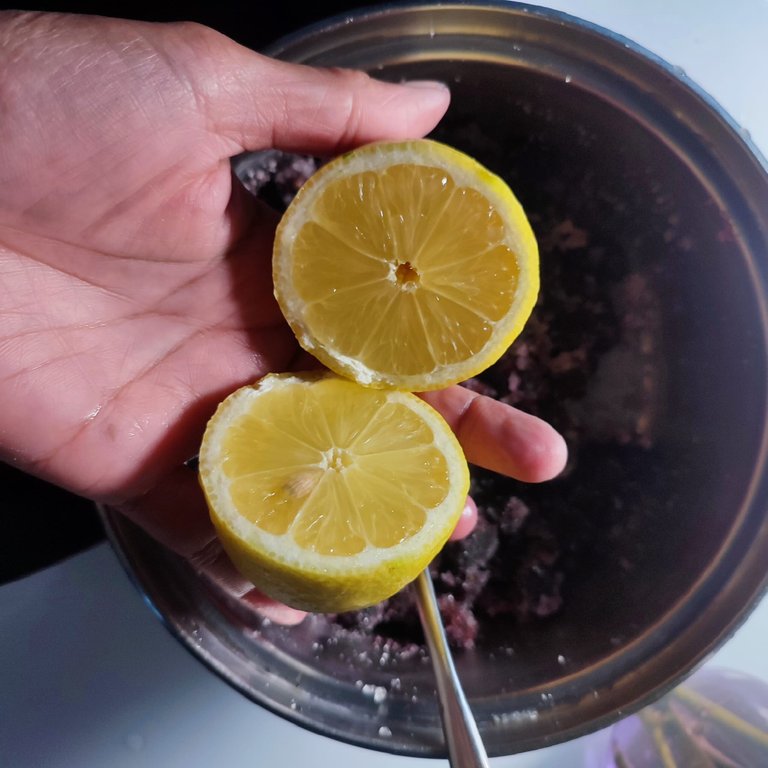
I squeezed the juice of 1 lemon and gently simmered until the berries were soft. You can squash them if you prefer.
Then, I added 1.5 teaspoons of pectin as mulberries lack pectin that thickens the jam.

Once the mixture reached the desired thickness, I poured the jam into a sterilized jar. It can be stored for up to 2 years.
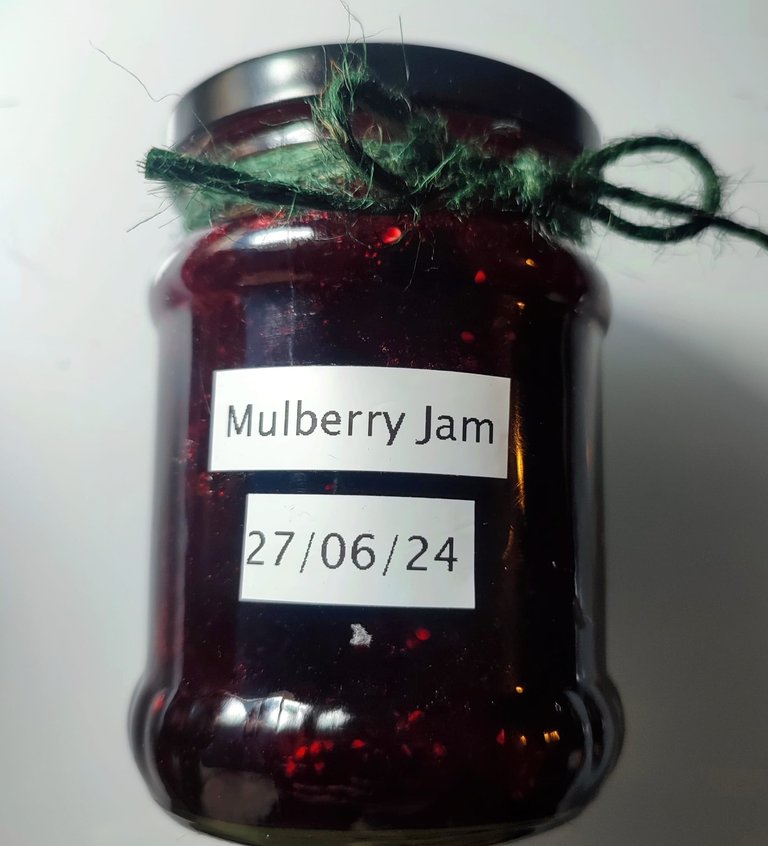
Making mulberry jam was my first experience with jam-making when I was in the Philippines. I remember my siblings picking mulberries by the seaside. We all enjoyed the jam, which sparked my love for making fruit jams.
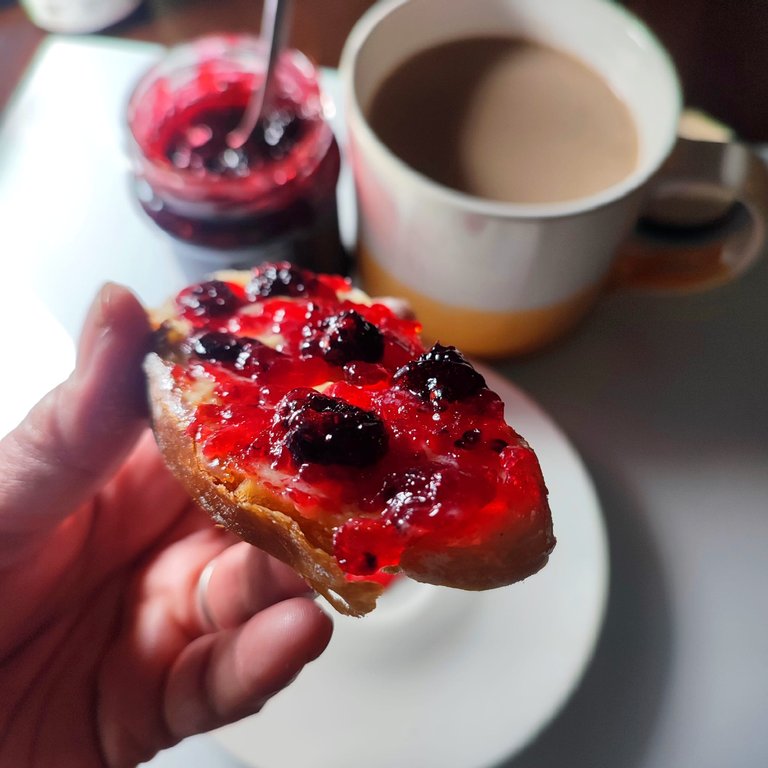
The connection between taste and memories is indeed profound. When I tried the jam on a piece of bread, it brought back vivid and beautiful memories, creating a sense of continuity and fulfilment.
Mulberry is an amazing, versatile plant. It would be a wonderful tree to have around. I hope that my stems will root so I can plant them nearby.
Have a lovely day, everyone,
Mariah 💗🍃
Hi @theworldaroundme, Thank you for participating in the #teamuk curated tag. We have upvoted your quality content. For more information visit our discord https://discord.gg/8CVx2Am
Thank you 😊
These photos are so lovely!! I am lucky to live in a place where mulberries are very common and I am excited for future harvests
Thank you 😊
What a beautiful post, dear @theworldaroundme 🥰🤲🌟 It is great to see the way you process the leaves. I hadn't used them yet as a tea. Mulberries/ gelsi grow very well, very quickly, in this part of Italy, and I have access to three large trees nearby my house that have had abundant fruits this year - yum! I made a mega-deliziosa fruit compote, with them plus wild passionfruits and some plums - divine with yoghurt! ❤️❤️
Aww, thank you, lovely @clareartista; the leaves are wonderful as tea. You are so lucky to have access to 3 large trees, and I can imagine how many fruits you will have; oh, yum! wild plums and passion fruits sound really delightfully yummy, and yogurt. Thnak you for the lovely comment. 💗💗